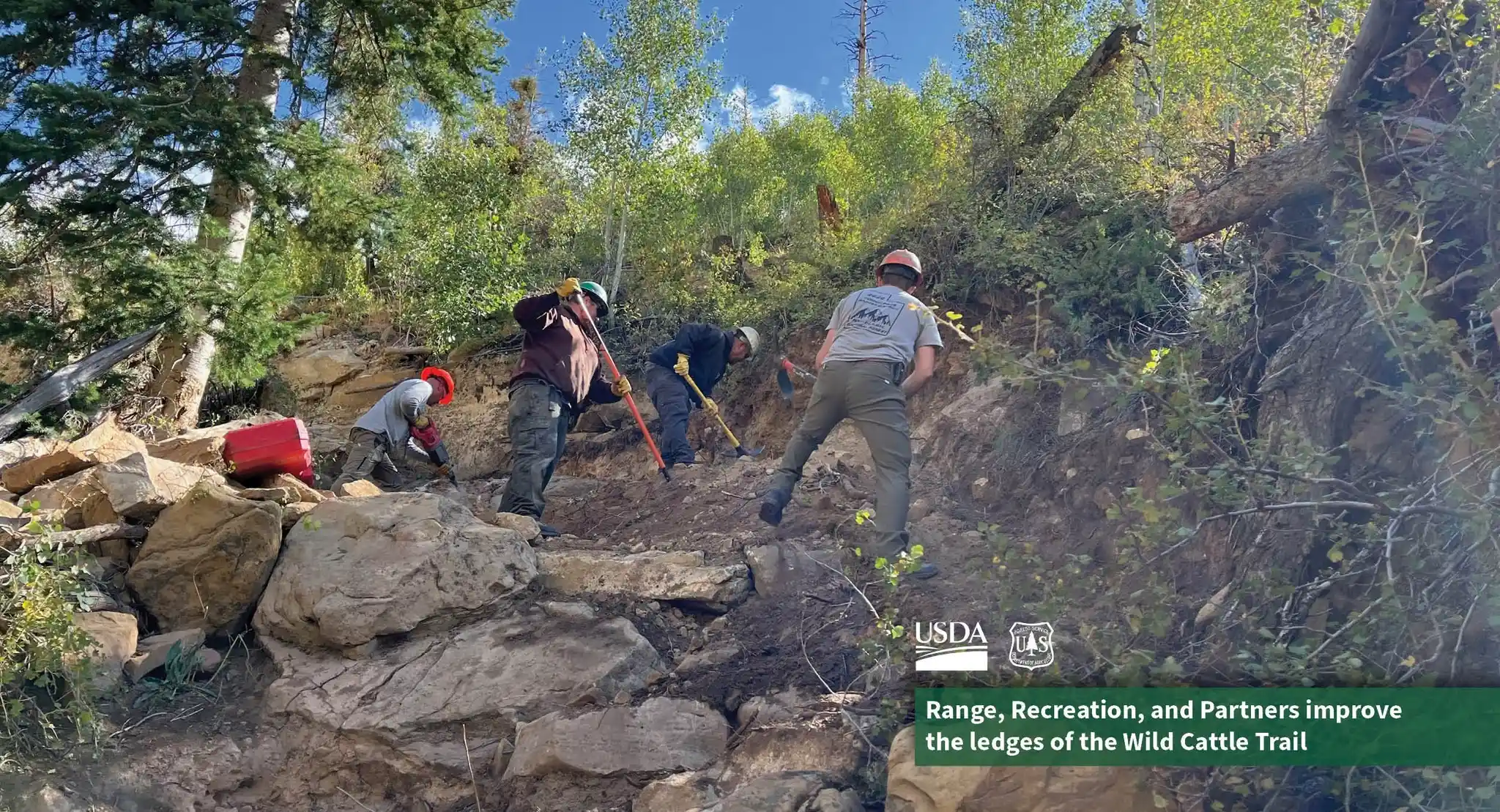I see the BLM is making “improvements” at the Powerhouse parking lot; seven new slots at a cost of who-knows-how-much. What a waste.
While some “improvements,” like bags for doggie doings, make sense, none of this addresses the big issue, which is that Powerhouse gets overrun every summer. Seven more parking spots won’t change a thing. The question that needs to be asked, not just for Powerhouse but throughout the area, is “How, in this tourist economy, can we use our resources to comfortably accommodate visitors while putting the least amount of stress on the things that bring them here?”
A few years ago, an egregiously horny teen-age boy (I can relate – I used to be one) spray-painted a big part of Left Hand to invite his Eternal Beloved to the prom. (I’m sure she was impressed.) After that, I spent time thinking about how to prevent these kinds of bone-headed blunders. For discussion purposes, I dreamed up a broad menu of action options and, along with a history of the legislative origins of the Sand Flats team, and posted it. (See savemillcreek.wordpress.com). Then I went to the city and county councils, showed them my disturbing pictures of Powerhouse, and basically begged them to do something. Nada.
Since then, thanks to the city, county and BLM, I’ve had ample time to mull the situation over. Here’s what I suggest for starters.
First, put the Powerhouse area under the administrative care of the Sand Flats team. I like the way they work. They are not bureaucratic functionaries in funny-looking tribal headdress using their meager powers like a small boy with a vicious dog. What a relief.
Second, move the main parking area to Potato Salad Hill and put the toll booth at the junction with Sand Flats Road (free to Grand and San Juan County residents). Use the money to help pay for things like bathrooms, shade structures, picnic tables and garbage cans.
Third, treat Mill Creek like a park/museum with attendants and trained docents. (People would volunteer.) Hmmm … a self-funding park with basic amenities in a desert canyon with shade and swimming holes and a chance to teach locals and visitors about this amazing place and their duties as stewards of the gifts they are enjoying. Sounds like some kind of Russian plot to me.
But, as previously mentioned, the notion of treating visitors as if we want them here needs further attention everywhere. Here’s an example. Between 200 North and 400 North there is a vacant lot, surrounded by a metal fence, across the street from the park. The lot is owned by the power company. Why is there a No Man’s Land in the heart of downtown Moab? What a drag on the commercial flow and vitality of our business district! What a buzz kill. A land swap, for example, might make that space available for a public use … or some sort of taxation incentive. Even a parking lot would be better than a vacant lot. There are ways.
And, speaking of fences, why does a fence separate the Information Center from the adjacent business area? We wouldn’t want to make it easy for people to hang out on the lawn or sit on the stone wall in the morning sun with the kids and a cappuccino making new friends from around the world, would we? Oh, and the reserved parking slots and welcoming WARNING signs next to the Visitor Center in the one shady spot in downtown Moab? That would be a really good place for more benches. Oops, scratch that! I keep forgetting that cars are more important than people. (Didn’t Ed Abbey say that? Maybe it was Jim Stiles. I forget.)
These are the kinds of relatively simple things that could help us deal with the inevitable tourist inundation and make this place … well … nicer … for visitors and residents alike. Of course, these comments don’t address the elephant-in-the-desert, the National Park Service and its attitude to handling the herds: “Welcome to Arches National Park. Thanks for the Money. Now Get Out,” but that’s a conversation for another day.





